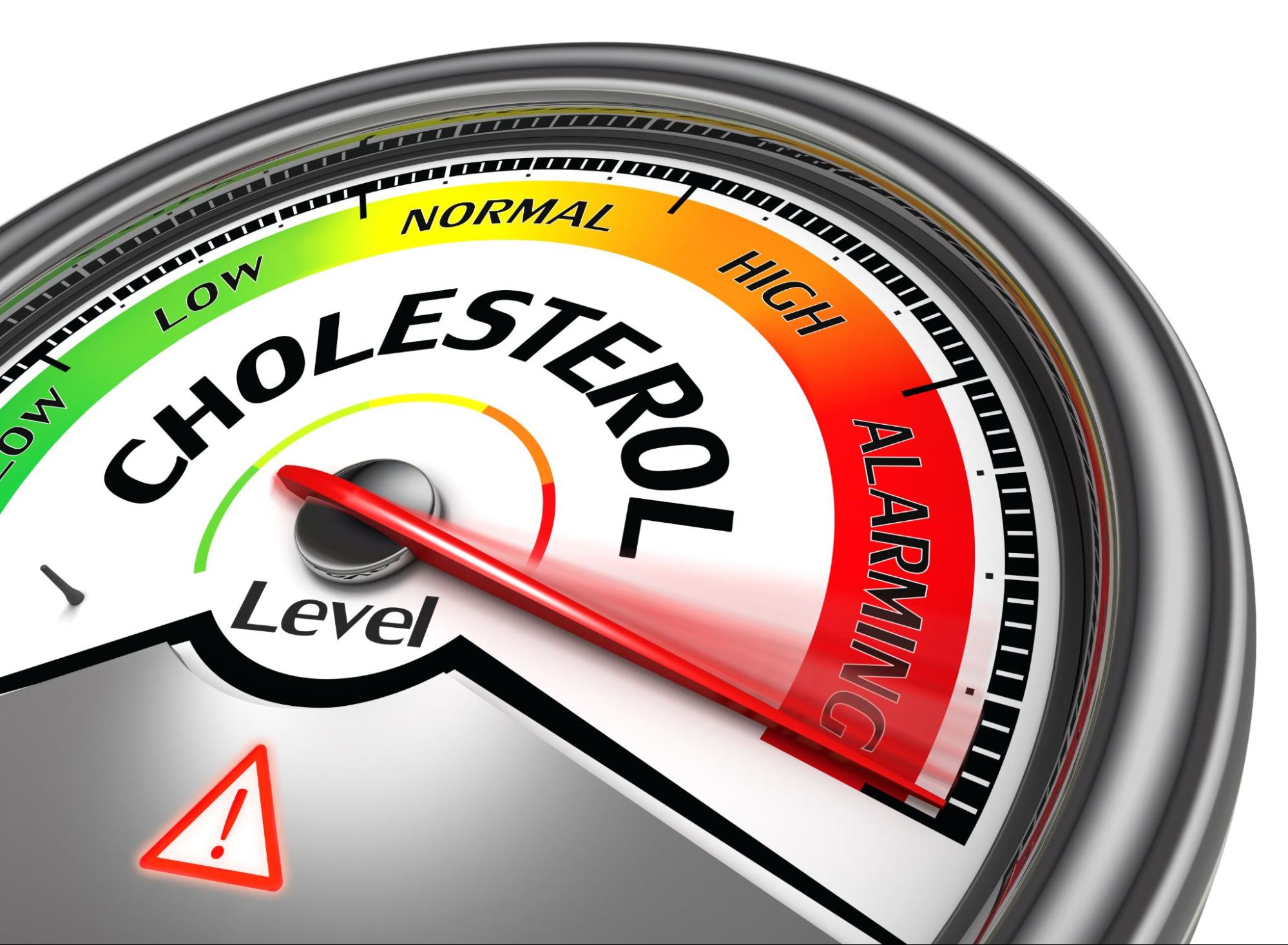
How High Cholesterol Impacts Your PAD Risk
High cholesterol is a silent but dangerous health risk that affects millions of people worldwide. While it’s often associated with heart disease, it can also significantly impact your risk of developing Peripheral Artery Disease (PAD). PAD is a condition that narrows or blocks the arteries supplying blood to your legs, leading to pain, cramping, and potential complications. Below, we’ll explore how high cholesterol influences your PAD risk and discuss effective strategies for managing your cholesterol levels to reduce this risk.
Understanding the Link: High Cholesterol and PAD
High cholesterol is a primary risk factor for atherosclerosis, a condition in which fatty deposits, including cholesterol, build up on the inner walls of your arteries. These deposits form plaques that can narrow and harden the arteries, restricting blood flow to your limbs. This process directly contributes to the development of PAD.
The Impact of Reduced Blood Flow
As cholesterol levels rise, so does the likelihood of plaque formation in the arteries that supply your legs. These plaques grow over time, limiting blood flow to your lower extremities. The consequence? Pain, cramping, and fatigue in the legs, particularly during physical activity, affecting your overall mobility and quality of life.
Inflammation and High Cholesterol
High cholesterol is not only about the quantity of cholesterol in your blood but also its impact on arterial health. Elevated cholesterol levels can lead to chronic inflammation in your blood vessels. Inflammation exacerbates the development and progression of atherosclerosis and PAD by further damaging the artery walls and making them more susceptible to plaque formation.
Complications and Increased Risk
High cholesterol doesn’t just increase your risk of developing PAD; it also makes the condition more dangerous. If you have both high cholesterol and PAD, you’re at an elevated risk of complications. These can include the formation of blood clots in the narrowed arteries (thrombosis) and the development of critical limb ischemia, a severe form of PAD that can lead to tissue damage or limb loss.
Managing High Cholesterol to Reduce Your PAD Risk
Managing high cholesterol to reduce your risk of peripheral artery disease is essential for maintaining good cardiovascular health. Here are some detailed steps to help you understand and implement effective cholesterol management strategies to lower your risk of PAD:
Embrace a Heart-Healthy Diet
A heart-healthy diet can help lower cholesterol levels and reduce the risk of PAD. Here are some dietary recommendations:
- Transition to a diet rich in fruits and vegetables. These foods are packed with antioxidants, fiber, and essential vitamins that support heart health and help reduce cholesterol.
- Incorporate whole grains like oats, brown rice, and whole wheat bread into your meals. These provide fiber and complex carbohydrates that can help lower cholesterol levels.
- Opt for lean proteins, such as skinless poultry, fish, and legumes, which are lower in saturated fat compared to red meats.
- Replace unhealthy fats with heart-healthy fats like those found in avocados, nuts, and olive oil.
- Limit your intake of saturated and trans fats, commonly found in fried foods, processed snacks, and red meat, as they can raise your cholesterol levels.
Engage in Regular Physical Activity
Regular physical activity can have several positive effects on cholesterol levels and overall cardiovascular health.
- Activities like brisk walking, running, cycling, and swimming can help lower LDL cholesterol and raise HDL cholesterol.
- Regular exercise helps increase the “good” HDL cholesterol in your blood while reducing the “bad” LDL cholesterol.
- Maintaining a healthy weight through physical activity also contributes to lower cholesterol levels.
Quit Smoking
Smoking is a powerful risk factor for PAD, as it constricts blood vessels, increases inflammation, and accelerates the hardening of arteries. Quitting smoking is one of the most effective ways to reduce your risk of PAD and improve your overall vascular health. Seek support from healthcare providers or smoking cessation programs if you need to.
Medication and Monitoring
If lifestyle changes aren’t sufficient to manage your cholesterol levels, consult your healthcare provider. Your doctor may prescribe cholesterol-lowering medications, such as statins, to help control your cholesterol levels effectively. These medications can be instrumental in reducing your risk of PAD.
Schedule Regular Check-Ups
It’s important to consult with a healthcare professional to create a personalized plan for managing cholesterol levels and reducing the risk of PAD.
- Regularly visit your doctor for check-ups to monitor your cholesterol levels and overall vascular health.
- Early detection of any issues allows for timely intervention and prevents the progression of conditions like PAD.
- Your healthcare provider can also assess your response to medications and make necessary adjustments.
Request an Appointment with American Endovascular
High cholesterol is a significant risk factor for the development and progression of peripheral artery disease. By managing your cholesterol levels through lifestyle changes and, if necessary, medication, you can reduce your risk of developing PAD and improve your overall health.
Don’t wait until symptoms appear!
Take proactive steps to protect your vascular health and maintain an active, pain-free lifestyle. Contact American Endovascular today to request an appointment with one of our vascular specialists in New York and New Jersey to learn more about your risk factors and treatment options for PAD!
Related Blogs & Videos
Learn more about vascular health, prevention, and care for Peripheral Artery Disease.




